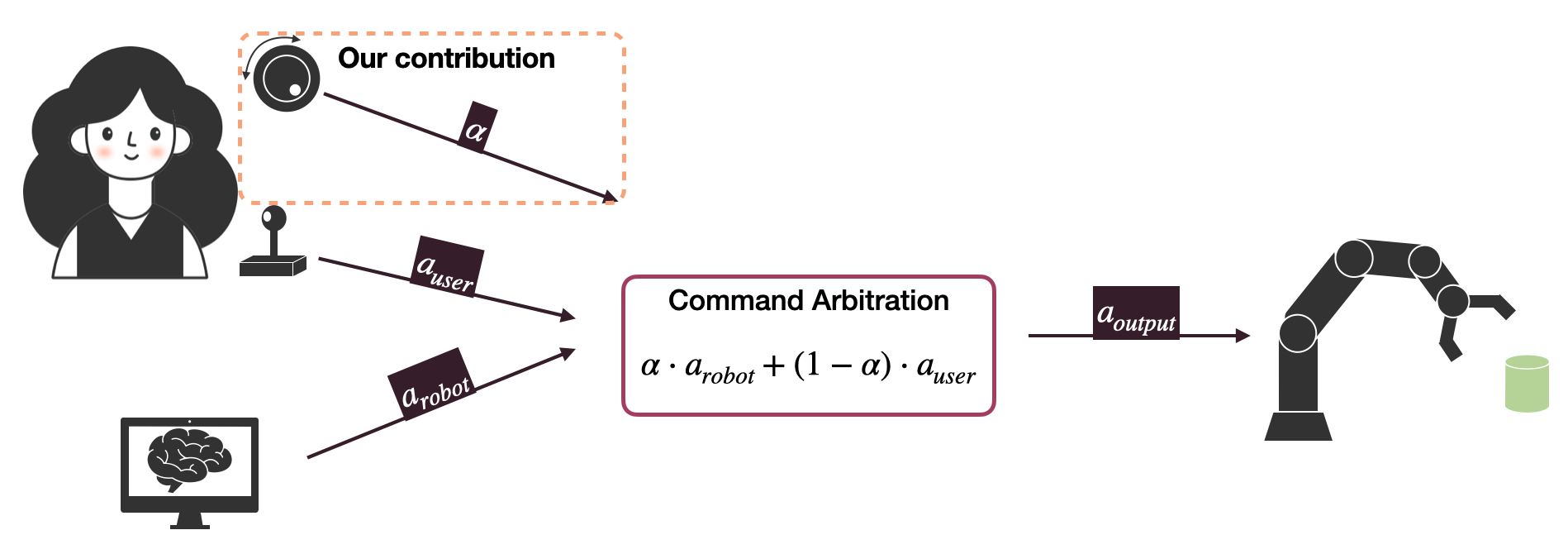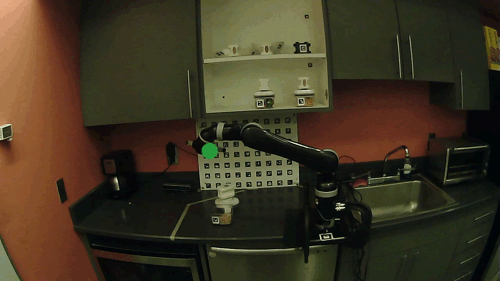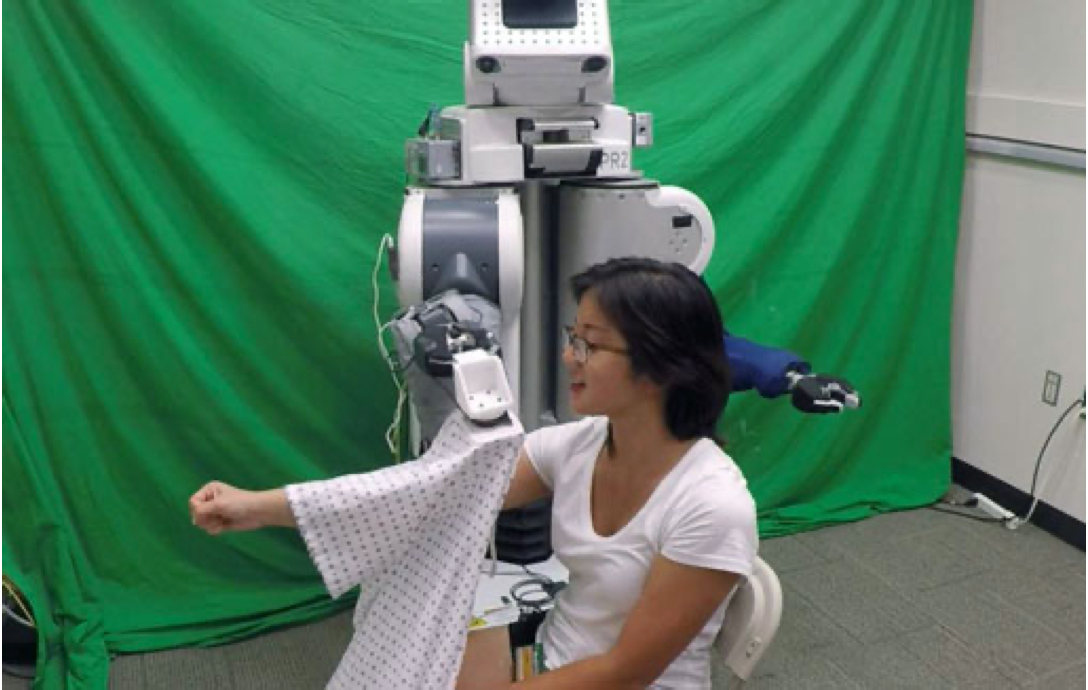Research
My research experience has been broad, representing the fields of Human Robot Interaction, Assistive Technology, and Tissue Engineering.
Uncovering People`s Preferences for Robot Autonomy in Assistive Teleoperation
Carnegie Mellon, HARP Lab – Feb. 2021 - present
What factors influence people’s preferences for robot assistance? Answering this question can help roboticists formalize assistance that leads to higher user satisfaction and increased user acceptance of assistive technology. Often in assistive robotics literature, we see paradigms that aim to optimize task success metrics or measures of users’ perceived task complexity and cognitive load. However, frequently in this literature, participants express a preference for paradigms that do not perform optimally with respect to these metrics. Therefore, task success and cognitive load metrics alone do not encapsulate all of the factors that inform users’ needs or desires for robotic assistance. We focus on a subset of assistance paradigms for manipulation called assistive teleoperation in which the system combines control signals from the user and the automated assistance. In this work, we aim to study potential factors that influence users’ preferences for assistance during object manipulation tasks. We design a study to evaluate two factors (magnitude of end effector movement and the degrees of freedom being controlled) that may influence the amount of automated assistance the user wants.

Read more about this project here.
Human Robot Interaction Assistive Technology
Eye Gaze Behavior in Teleoperation of a Robot in a Multi-stage Task
Carnegie Mellon, HARP Lab – June 2018 - Dec. 2020
Individuals with motor disabilities can use assistive robotics to independently perform activities of daily living. Many of these activities, such as food preparation and dressing, are complex and represent numerous subtasks which can often be performed in a variety of sequences to successfully achieve a person’s overall goal. Because different kinds of tasks require different types or levels of assistance, the variety of subtask sequences which the user can choose makes robotic assistance challenging to implement in a multi-stage task. However, a system that can anticipate the user’s next intended subtask can optimize the assistance provided during a multi-stage task. Psychology research indicates that non-verbal communication, such as eye gaze, can provide clues about people’s strategies and goals while they manipulate objects. In this work, we investigate the use of eye gaze for user goal anticipation during the telemanipulation of a multi-stage task.

Human Robot Interaction Assistive Technology
Capacitive Sensing in Robot-Assisted Dressing
Georgia Tech, Healthcare Robotics Lab – May 2017 - Aug. 2017
Dressing is a fundamental task of everyday living and robots offer an opportunity to assist older adults and people with motor impairments who need assistance with dressing. While several robotic systems have explored robot-assisted dressing, few have considered how a robot can manage error due to human pose estimation or adapt to human motion during dressing assistance. In addition, estimating pose changes due to human motion can be challenging with vision-based techniques since dressing is intended to visually occlude the body with clothing. We present a method that uses proximity sensing to enable a robot to account for errors in the estimated pose of a person and adapt to the person’s motion during dressing assistance.
Read more about the project here. Find the paper here: IEEE Xplore.

Human Robot Interaction Assistive Technology
Improving Coil Embolization of Brain Aneurysms
UAB, Dept. of BME – Oct. 2014 - May 2017
Brain aneurysms represent a health risk that must be treated as quickly and efficiently as possible to prevent fatality and the brain damage often associated with hemorrhage. Surgical clipping and coil embolization are the two most effective treatments for ruptured brain aneurysms; yet, both are problematic. While surgical clipping is disadvantageous due to the extreme invasiveness of the craniotomy it requires, coiling carries a higher risk of rebleeding (aneurysmal rerupture) than clipping, an unfortunate outcome with a mortality rate of 70%. This higher rate of rebleeding is thought to be the result of poor aneurysmal healing in the months following initial coil placement. This project aimed to decrease rates of rebleeding in brain aneurysms treated with coiling by enhancing this healing process. The lab previously demonstrated a self-assembling nanomatrix coating that provides an endothelium-mimicking microenvironment on the surface of cardiovascular devices. This kind of environment, we hypothesized, might encourage proper aneurysmal healing. Thus, we applied the coating to the surface of the coils in attempt to reduce the risk of rebleeding associated with coil embolization.

Tissue Engineering

